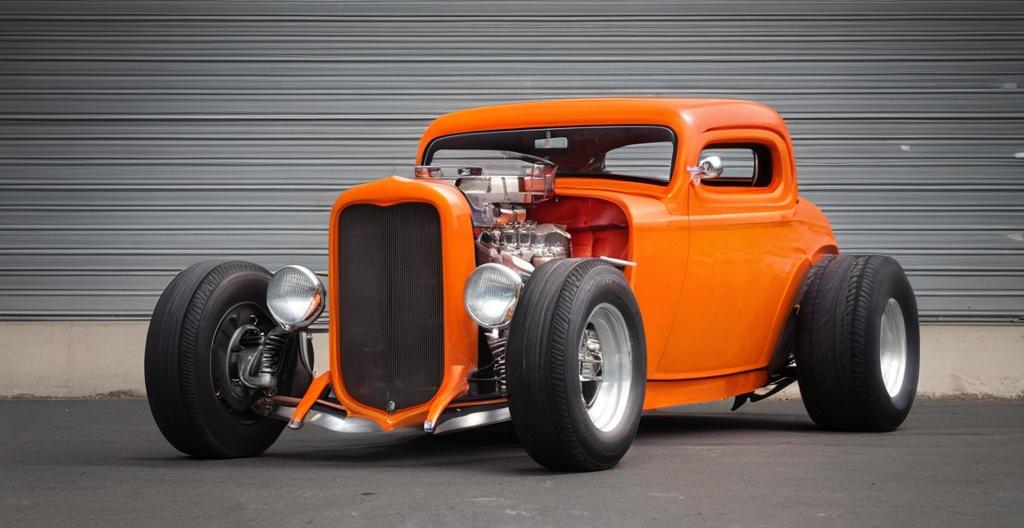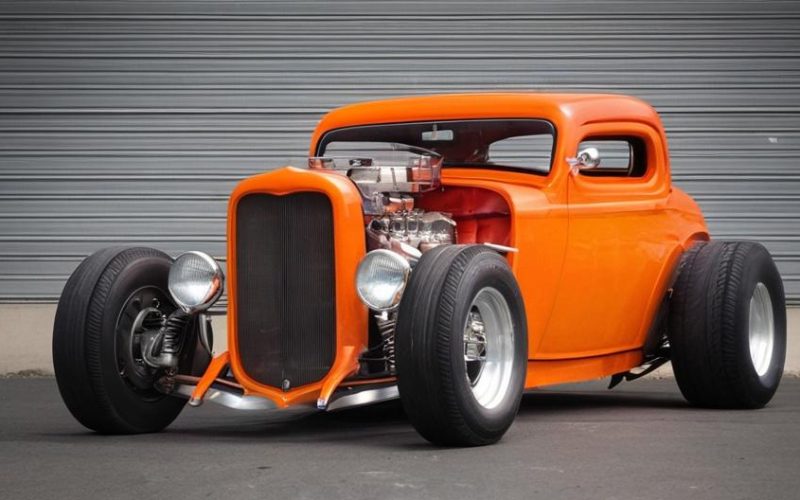Key Take Aways About Turbocharging vs. Supercharging a Street Rod
- Turbocharging uses exhaust gases to increase engine power efficiently, with potential lag and complex installation.
- Supercharging offers instant throttle response, simpler installation, but affects fuel efficiency.
- Choose between efficiency (turbo) or quick response (supercharger) based on driving preferences.
- Cost varies, with turbo systems being potentially cheaper but more complex to install.
- Maintenance needed for both options, with turbos requiring more due to heat and pressure.
- Personal preferences, skills, and budget play a key role in decision-making.

Understanding Turbocharging and Supercharging
When you’re thinking about boosting performance in your street rod, a big question usually pops up: turbocharging or supercharging? Both have the same end goal—increasing engine power—but they do it in different ways. It’s a bit like choosing between a high-energy rock concert and a finely tuned orchestra. Each has its own set of pros and cons, depending on what you’re looking to achieve.
Turbocharging: The Whispering Tornado
Turbochargers work by utilizing the exhaust gases to spin a turbine, which in turn compresses air into the engine. This process results in what feels like a whispered power surge, gradually increasing as the engine speed picks up. The biggest perk of a turbocharger is its efficiency. Because it uses what would otherwise be wasted energy, it maximizes the engine’s power output without adding much in the way of fuel consumption. On the downside, turbos can suffer from lag—like when you’re trying to listen to a podcast, and the Wi-Fi keeps buffering.
For street rodders, turbos can offer an engaging driving experience. However, the installation can be a bit of a puzzle, requiring a more complex setup with additional components like an intercooler. And while the idea of extra power is tempting, it’s essential to consider the potential for strain on engine components since turbocharged engines can run hotter.
Supercharging: The Instant Zap
On the other side of the fence, superchargers are belt-driven devices that pack air into the engine. They create a near-instant throttle response—like flipping a light switch in a dark room. This immediacy is the real advantage of supercharging. No waiting around for the party to get started; it’s right there as soon as you hit the gas.
Superchargers are often seen as less complex to install than turbos. They don’t require tapping into the exhaust system, but they do draw power directly from the engine, affecting fuel efficiency. If you’re cruising down Main Street rather than tearing up the racetrack, this might not be an issue. That said, it’s always good to have a chat with someone who’s done it before. There are various types of superchargers, with positive displacement and centrifugal being the most common. Each has its unique signature, playing a role in how it delivers that zap of power.
A Balancing Act: Efficiency vs. Throttle Response
Deciding between turbocharging and supercharging often boils down to what you value more: efficiency or throttle response. Turbochargers generally run more efficiently and offer greater horsepower gains in the long run, especially at higher RPMs. For those who enjoy highway driving or long distance cruising, this might be the better choice. On the flip side, if your street rod exists for the thrill of quick getaways and that smile-inducing jolt as soon as you tap the pedal, a supercharger could be your best friend.
It’s also wise to take a peek into the future. If there’s any thought of reselling your pride and joy, keep in mind that mods can influence resale value. Some buyers are keen on boosting potential, while others might be wary of high-performance modifications.
Personal Experience and Use Cases
I remember a friend, let’s call him Joe, who went with a turbo for his 1968 Camaro. He loved the smooth, gradual increase in power and the sheer efficiency of it all. It was perfect for his Sunday drives and occasional track days. Then there was Sarah, who had a 1970 Dodge Challenger. She opted for supercharging because she was all about that immediate thrill—beating everyone else off the line at stoplights was her personal mission.
Both made their cars reflections of themselves, and that’s what tuning a street rod is all about. It’s a deeply personal decision that balances performance wants with practicality needs.
Cost Considerations
Let’s talk numbers. Turbocharging systems can sometimes be a bit more wallet-friendly due to the shared components like intercoolers and additional piping. However, those savings might get eaten up by the more complex installation process. Superchargers might hit your budget harder upfront but can be simpler to install.
Maintenance is also a factor. Turbos, with their high heat and pressure environments, demand more upkeep. Superchargers, while less maintenance-intensive, do require their share of attention, especially in terms of belt condition which can affect overall performance.
Final Thoughts
Turbocharging and supercharging each offer unique benefits and challenges when it comes to powering up your street rod. The decision requires weighing out personal preferences, mechanical skills, and budget constraints. It’s about how you want that car to feel when you’re behind the wheel. Is it the slow build of power that gets you going or the slam-you-back-in-your-seat instant punch? Whatever your choice, it’s all about making those drives as enjoyable and memorable as possible.
